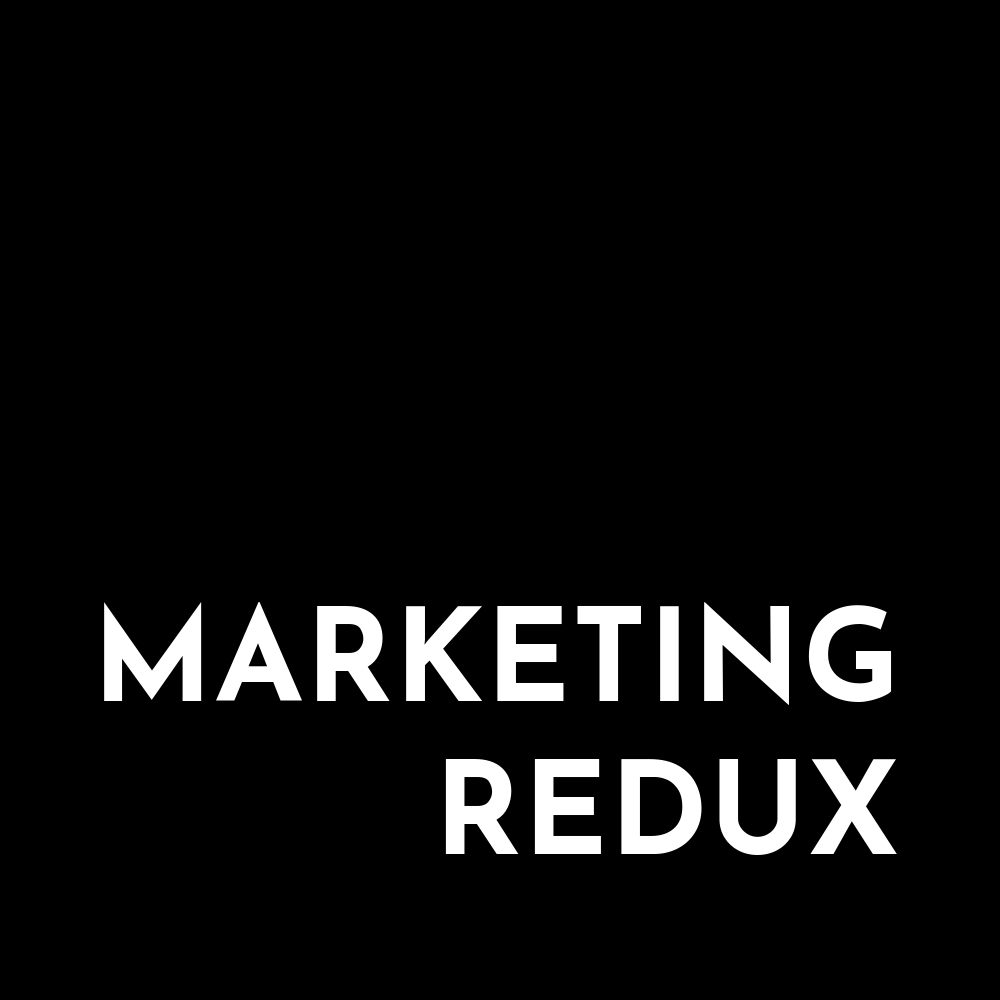Customer Lifecycle Marketing is the strategy of mapping out how your marketing engages the customer from awareness to advocacy. Mastering this takes time and resources and should not only how to promote to potential customers but how a customer is converted, how you nurture and develop them into an advocate.
Stage 1: Reaching the Customer
Reach is the stage in which your a potential customer becomes aware of your brand and it’s offerings. Reaching potential customers is most often part of your marketing strategy that targets your customer at the search phase of the buyer journey. Commonly companies will use promotional activities that generate awareness such as paid advertising.
Metrics for reach are things like cost per click, bounce rates, impressions, time on site, and number sign-ups. Marketing qualified leads can also help you assess the successfulness of campaigns as you reach your customers.
Stage 2: Customer Acquisition
Acquire is the stage in which your customer is ready to purchase. Conversion begins with making a clear offer that is specific and relevant to the consumer. Since sales are paramount in business, many businesses implement conversion optimization strategies to increase the likelihood of a sale. Further marketing tactics such as retargeting, email marketing, and sales calls may be deployed to close the sale. Fine-tuning this process to reduce friction can pay dividends as it makes it easier and more pleasant to buy.
Metrics around customer acquisition are customer acquisition costs and conversion rates. Sales qualified leads might help you understand the success of both the reach phase and how you are acquiring your customers.
Stage 3: Develop and Nurture
Nurturing is the customer lifecycle stage where the business nurtures the relationship with the customer. There is a cognitive dissonance that occurs post-purchase in which a consumer continues to compare their experience and the product with potential alternatives. Marketing tactics such as guarantees, warranties, follow-up calls, gifts, and thank you messages can help reduce this issue. Companies may even use a follow review system to gauge the happiness of the customer. IKEA utilizes an easy to hit sentiment button for customers as they leave the store. Some companies package a special gift, a surprise, as a means to say thank you. In purchasing business cards I bought from Moo which sent beautiful packaging. It made me feel like the business cards were cared for. Simply following-up can go a long way in developing customer relationships that last.
Metrics on developing and nurture are net promoter score,
Stage 4: Customer Retention
Retention is part of keeping the which is part of loyalty. Once a customer purchases from you they are more likely to buy again. An important principle called the Pareto Principle implies that 80% of business is made of 20% of customers. Good marketing systems in place to help keep customers are feedback loops, marketing automation, and customer relationship management. To increase retention and reduce churn you will want to develop marketing and business process that will help gauge customer sentiment and create repeat purchases.
Metrics in this stage customer lifetime value and churn rate.
Stage 5: Customer Advocacy
Advocacy is where customers are moved from just brand loyal to advocating a brand. Steps of “wowing” a customer in nurture and retention can make customer will to refer your business or talk about you in public circles. Many businesses believe that word-of-mouth is their strongest lead and sales elements but do little encourage this. The strategy around creating advocates starts with elements of delighting and surprising customers. From there you will want to encourage reviews and referrals. Chase uses booking services for certain credit card holders providing exclusive access to events. This, in turn, helps customers to purchase more and recognize they have a concierge service. Hubspot has an accessible team to help customers contact them and for partners and huge library of resources. These are examples of how businesses create advocates as part of the customer lifecycle.
Metrics like net promoters score, the velocity of reviews, brand mentions, brand engagement, and customer relationship analytics .
Conclusion
Gary Vaynerchuk once said that the greatest marketing strategy is care. People have become accustomed to poor customer service. By developing a customer lifecycle marketing strategy you’ll better understand how to reach your customers and build a profitable relationship with them.

